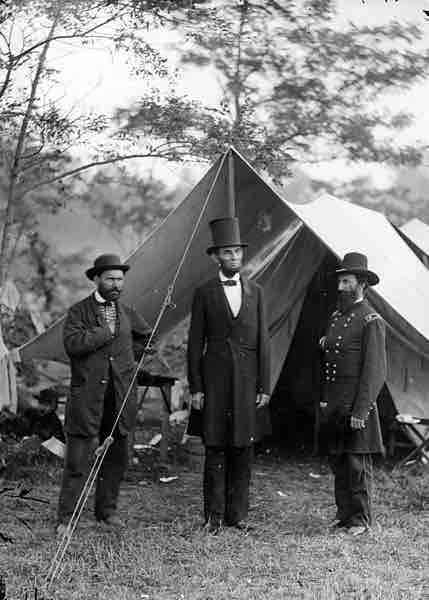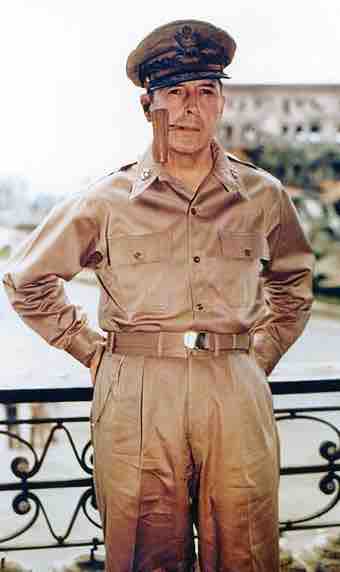Introduction
A commander-in-chief is the person exercising supreme command authority of a nation's military forces or significant element of those forces. As a practical term it refers to the military competencies that reside in a nation-state's executive, Head of State and/or Head of Government. Often, a given country's commander-in-chief need not be or have been a commissioned officer or even a veteran, and it is by this legal statute that civilian control of the military is realized in states where it is constitutionally required. Civilian control of the military is a doctrine in military and political science that places ultimate responsibility for a country's strategic decision-making in the hands of the civilian political leadership, rather than professional military officers.
According to Article II, Section 2, Clause I of the Constitution, the President of the United States is commander-in-chief of the United States Armed Forces. The current commander-in-chief of the United States Armed Forces is Barack Obama, the 44th person to hold the position since Grover Cleveland served two non consecutive terms as President of the United States.
U.S. President as Commander in Chief
The amount of military detail handled by the President in wartime has varied dramatically. Abraham Lincoln was deeply involved in overall strategy and in day-to-day operations during the American Civil War, 1861–1865; historians have given Lincoln high praise for his strategic sense and his ability to select and encourage commanders such as Ulysses S. Grant.

President Abraham Lincoln as Commander-in-Chief
President Abraham Lincoln, as commander-in-chief of the United States Armed Forces, with Allan Pinkerton and Major General John A. McClernand after the Battle of Antietam, 1862.
On the other hand, Woodrow Wilson paid very little attention to operational military details of World War I and had very little contact with General John J. Pershing, who commanded the armies in the field. As President throughout much of World War II, Franklin D. Roosevelt, on the domestic front, used his fireside chats and the press to explain and justify his difficult wartime decisions abroad. Harry S. Truman believed in a high amount of civilian leadership of the military, making many tactical and policy decisions based on the recommendations of his advisors— including the decision to use nuclear weapons on Japan, to commit American forces in the Korean War, and to terminate Douglas MacArthur from his command.

Douglas MacArthur in Manila
An immensely popular hero of World War II, General Douglas MacArthur's public insistence on the need to expand the Korean War, over the objections of President Harry S. Truman, led to the termination of his command.
Secretary of Defense
Since 1949, the Secretary of Defense, a civil officer appointed by the President with the advice and consent of the Senate, is by statute second in command over those armed forces which are part of the Department of Defense: the Army, Navy, Air Force, and the Marine Corps. The operational branch of the chain of command runs from the President to the Secretary of Defense, and from the Secretary of Defense down to the combatant commanders of the unified combatant commands. The Chairman of the Joint Chiefs of Staff, the U.S. chief of defense equivalent, may assist the President and Secretary of Defense in the exercise of their command functions, but the Chairman himself does not independently exercise command over any combatant forces.